Cold Formed Steel is 1/3rd of the weight of timber and typically doesn’t require cranes or other equipment to erect as it is light weight and easy to manoeuvre. With relatively inexperienced local labourers the roof was put in place only with man power and rebuilt in less than 10 days.
Fiji, an island nation in the South Western area of the Pacific Ocean, is made up of a mix of tourist areas and local communities, many of them with substandard housing and infrastructure. Given that buildings built to the current code in Fiji would not withstand the severity of many of the cyclones hitting the region, it’s perhaps unsurprising that many homes and public buildings just can’t stand up to the elements. With 31% of the Fijian population living in poverty, their ability to survive and recover from natural disasters is hindered by a lack of resources and expertise.
This was the most powerful tropical cyclone ever recorded in the Southern Hemisphere. It had been forming since February 7th, and made landfall on the 20th of February 2016.Tropical Cyclone Winston was a category 5 cyclone (hurricane) and devastated Fiji. The cyclone brought winds estimated to be 140 miles per hour (225kmh), with gusts of up to 200 mph (321kmh).
This was the most powerful tropical cyclone ever recorded in the Southern Hemisphere. It had been forming since February 7th, and made landfall on the 20th of February 2016.
Tropical Cyclone Winston was a category 5 cyclone (hurricane) and devastated Fiji. The cyclone brought winds estimated to be 140 miles per hour (225kmh), with gusts of up to 200 mph (321kmh).

When Cyclone Winston made landfall in Fiji, many communities were significantly harmed, with 260 schools partially or completely damaged, including Vunikaikaloa Arya School. This, left many children in Fiji without books or resources to learn and left them studying in tents. It also devastated their homes leaving them living in temporary accommodation.

After being introduced to the New Zealand & Fiji branches of the Red Cross, FRAMECAD decided to utilise Build Back Better and Safer principles to get Fijian schools back up and running as quickly as possible. The first project was the Vunikaikaloa Arya School, which consisted of re-roofing the school and its associated accommodation buildings.

The rebuild project for this school and community was a large project to rebuild the school and associated buildings. The right construction method needed to be RESILIENT as the reconstruction needed to withstand a category 5 cyclone which is why FRAMECAD was chosen.
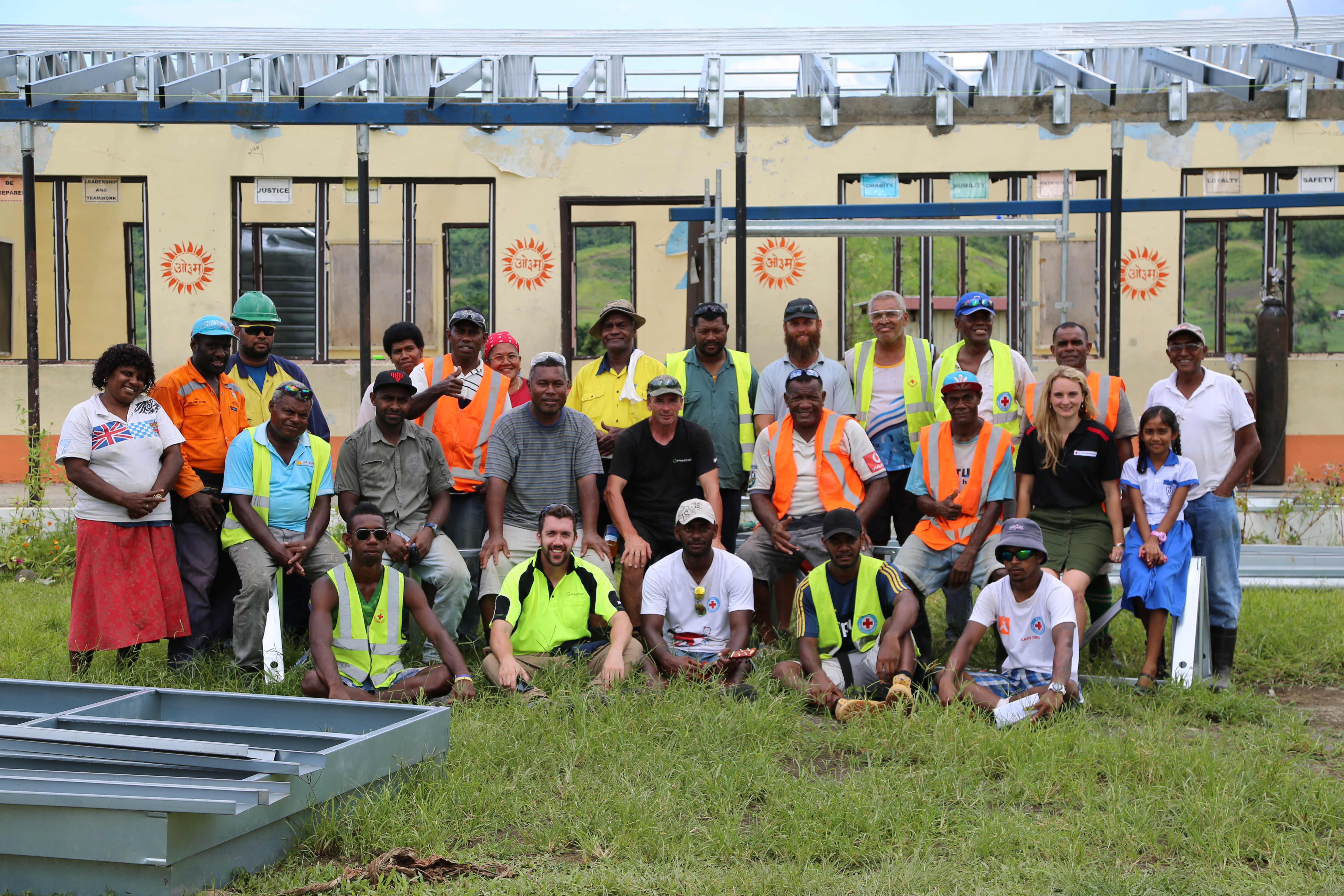
FRAMECAD sponsored a site visit by one of its expert technicians to understand the requirements. Additionally it conducted significant engineering work to design the roof structures robustly to be incorporated into what was already existing. Following that, a FRAMECAD Mobile Factory and all the materials needed to the site were shipped to site. FRAMECAD sent two of its experts onsite to train locals in how to use the FRAMECAD Manufacturing System to quickly re-roof the school.
The FRAMECAD system uses Cold Formed Steel Construction methodology to build back better. This associated with the Mobile Factory enables construction to happen anywhere in the world. The FRAMECAD Technology takes into account recurring fierce environmental factors (such as cyclones and earthquakes). This ensures it provides the best design construction and robustness.
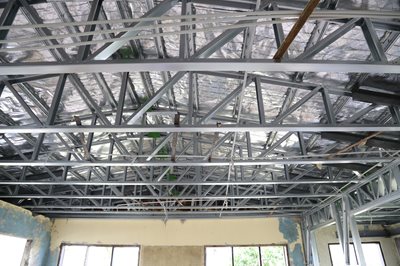
In utilising cold formed steel, which is 1/3rd of the weight of timber and typically doesn’t require cranes or other equipment to erect as it is light weight and easy to manoeuvre. With relatively inexperienced local labourers the roof was put in place only with man power and rebuilt in less than 10 days.
The classroom roof reconstruction required to manufacture 58 trusses and the use of 118 fasteners per truss. Each truss used 43kg of steel. The associated building required the construction of 22 trusses of 42kg each with 118 fasteners per truss. A total of 9 MT of steel was used onsite to complete all trusses, rafters, trestles, a few walls, and a demonstration for training purposes (excl roof battens and connectors).
In comparison, more than 15 months after the cyclone, the majority of other schools and buildings in Fiji are still awaiting for the rebuilding project to commence. The FRAMECAD Manufacturing solution enabled a significantly faster turnaround.
The impact of utilising the FRAMECAD Manufacturing Solution and Build Back Better and Safer principles for the reconstruction of Vunikaikaloa Arya School were significant.
Physically, the school is now able to withstand the many challenging environmental factors affecting Fiji. The school is now safe, secure, and sustainable for the local population in the face of future natural disasters.
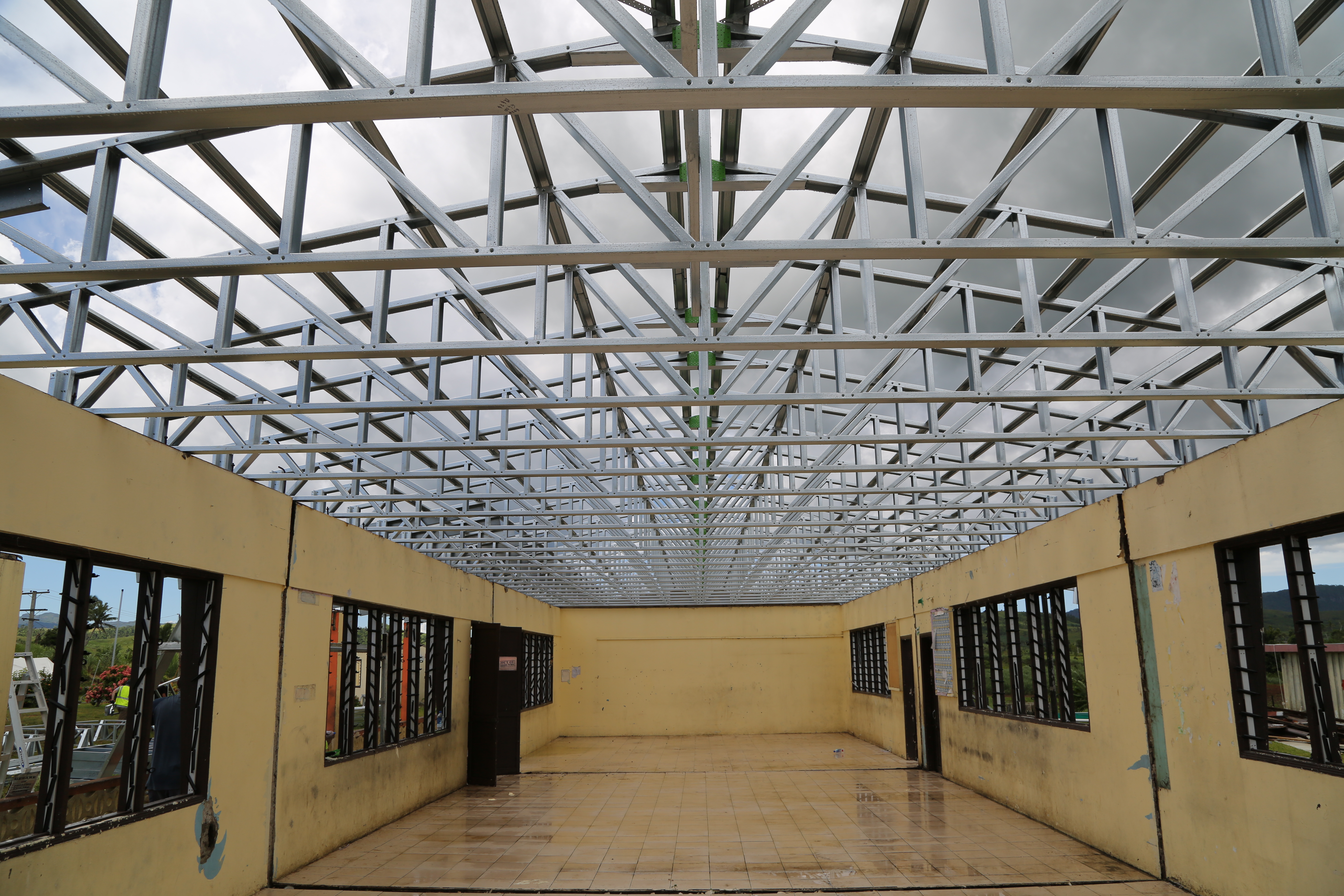
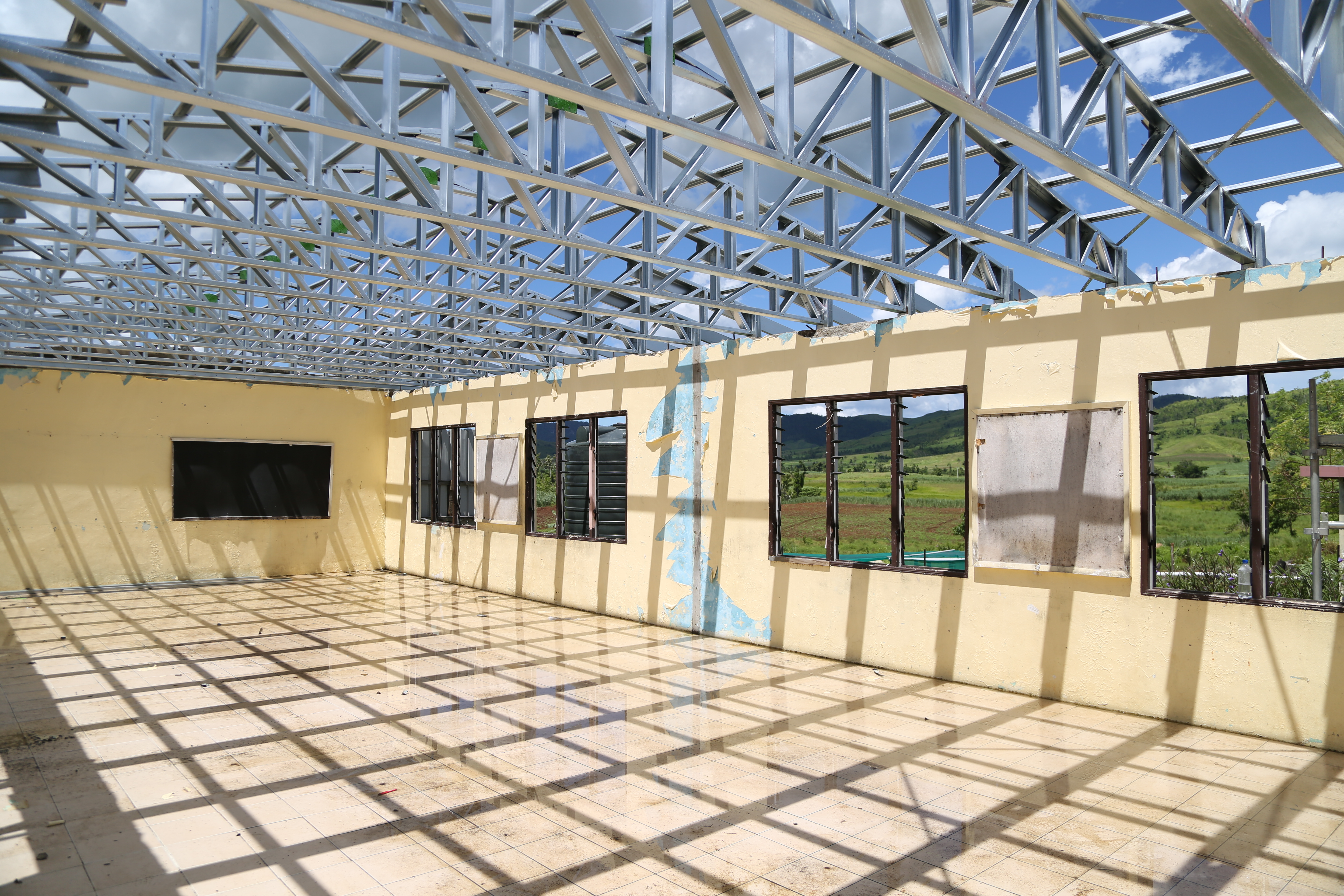
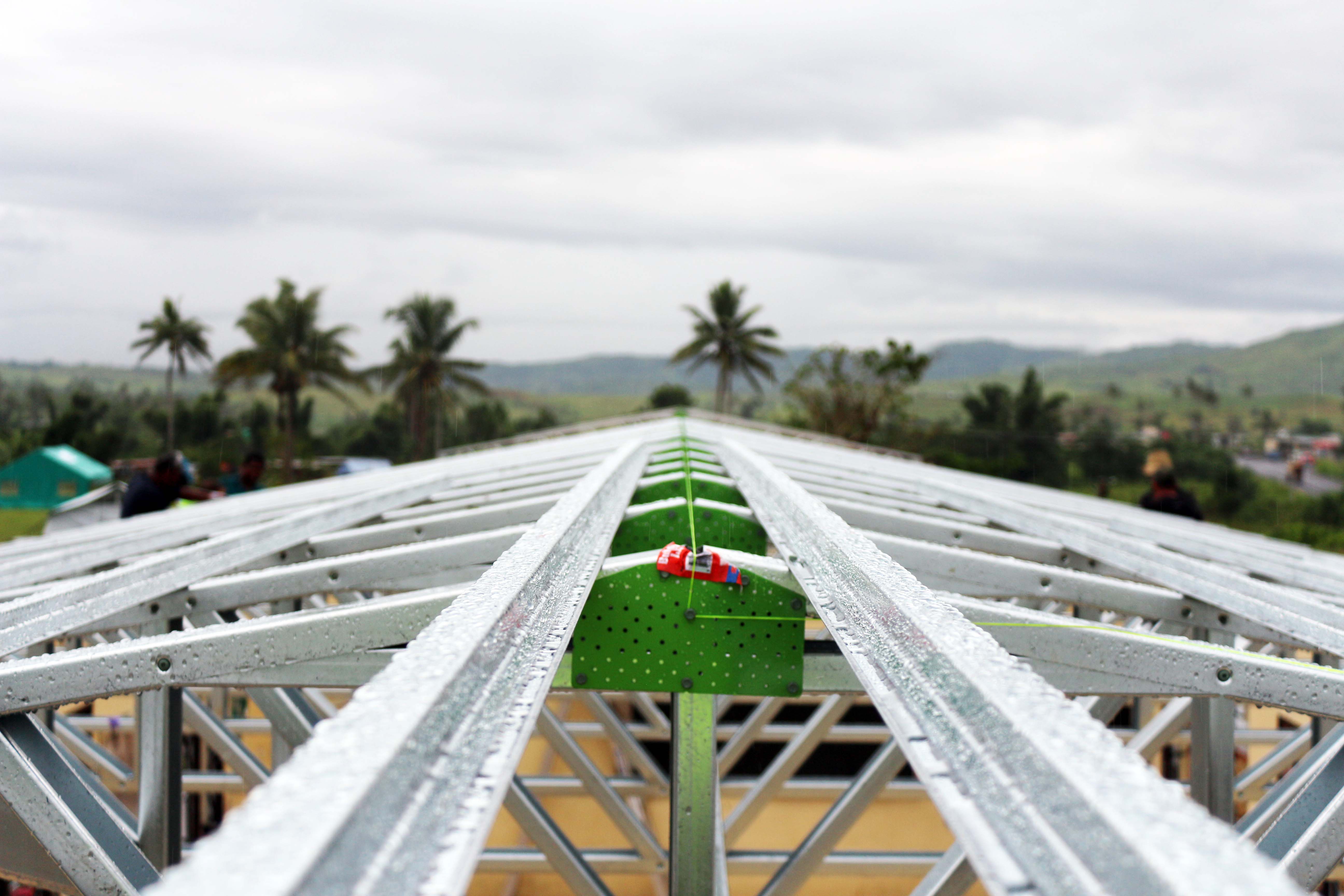
For the local children, that means getting them back into a positive learning environment much quicker than would have been possible otherwise, and empowering them to build future careers. Having a school that they know is secure provides confidence for future generations, and instils a sense of self-respect in children and local adults alike. Additionally, by training up local labourers, these locals are also able to transfer these skills to future jobs. Discover our video to watch the full story.
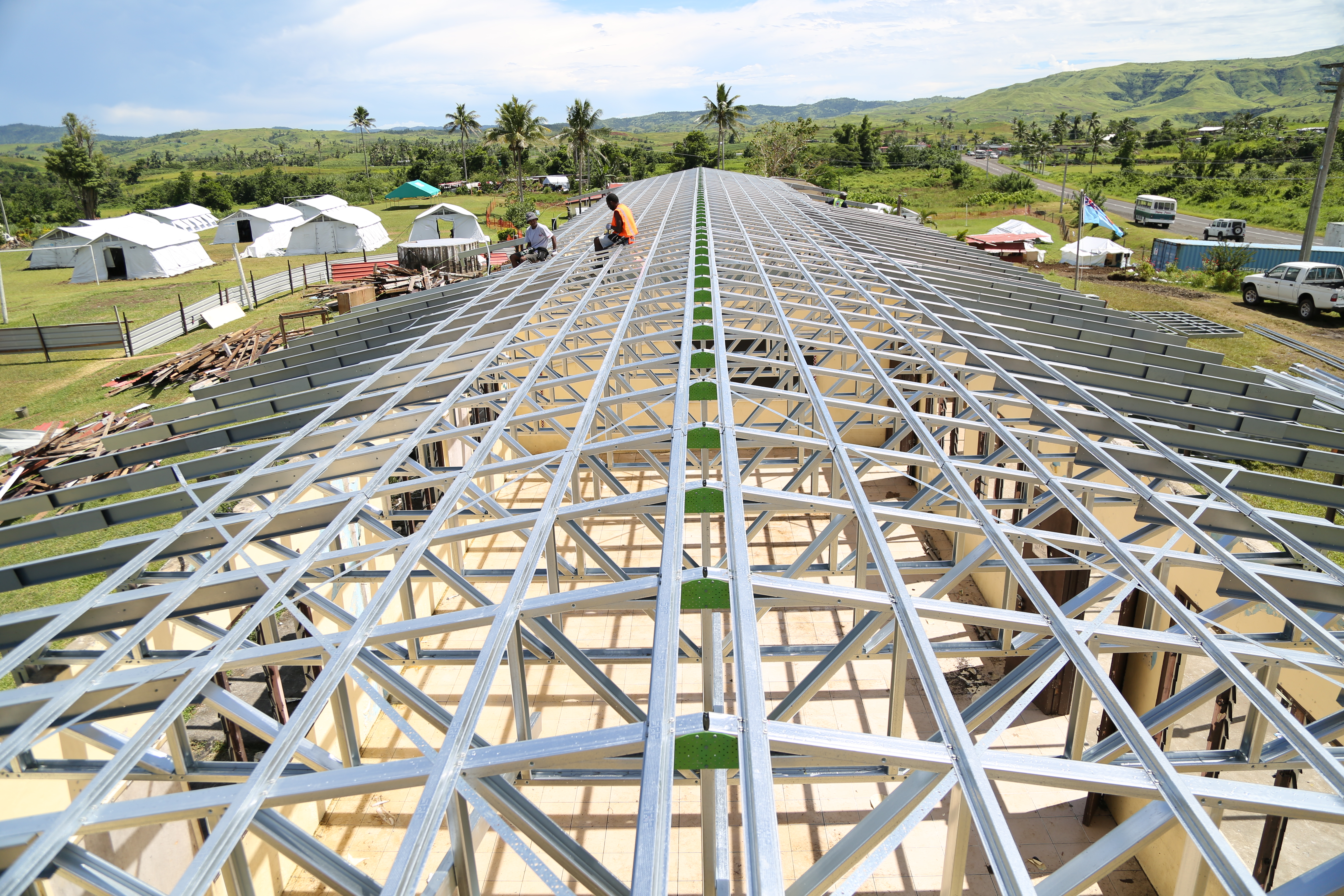

Geared to attract local residents, Sagebrush is a 90-unit building nestled in the foothills of East Gros Ventre Butte and overlooking Flat Creek. Perfectly situated near downtown Jackson, Sagebrush aims to be one of the most popular complexes in the area — and a project Douglass Colony was proud to work on.

When FrameTech Systems outgrew their existing manufacturing facility, they knew it was time for a bigger, more flexible space. As experts in cold formed steel (CFS) construction, they also knew exactly which method they would use to bring that space to life. So how did their award-winning CFS facility come to fruition?
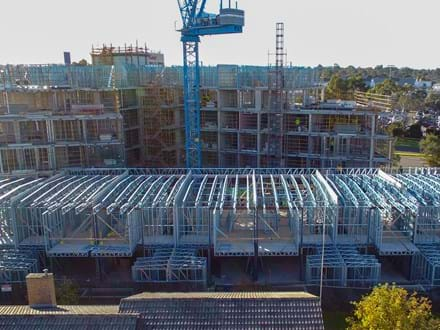
Having made the switch to FRAMECAD’s automated construction system in April 2016, prefabricated steel framing experts SBS Group have used their FRAMECAD system to make significant savings for their customers whilst delivering an accelerated construction process.
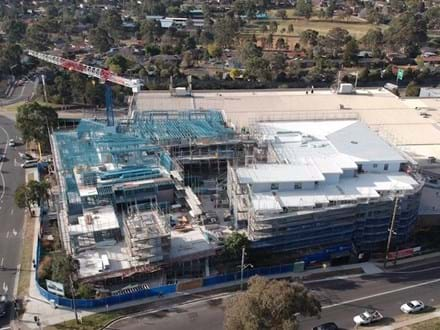
SBS Group are continuously working to deliver exceptional results for their customers in a fast and effective manner. The Langdon Apartments are another great example of their dedication to providing accurate, high quality Cold Formed Steel solutions.